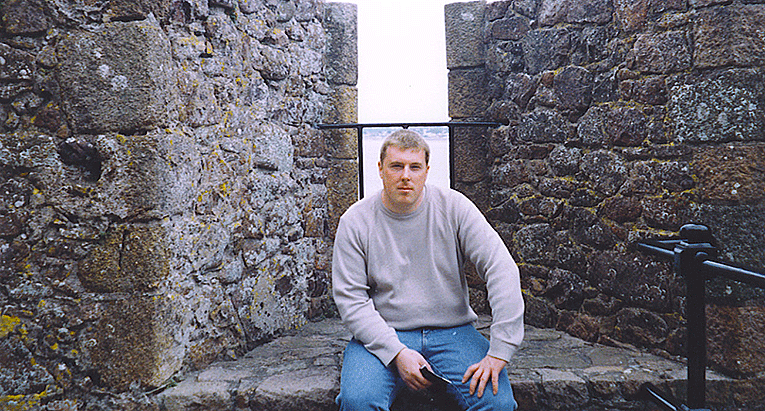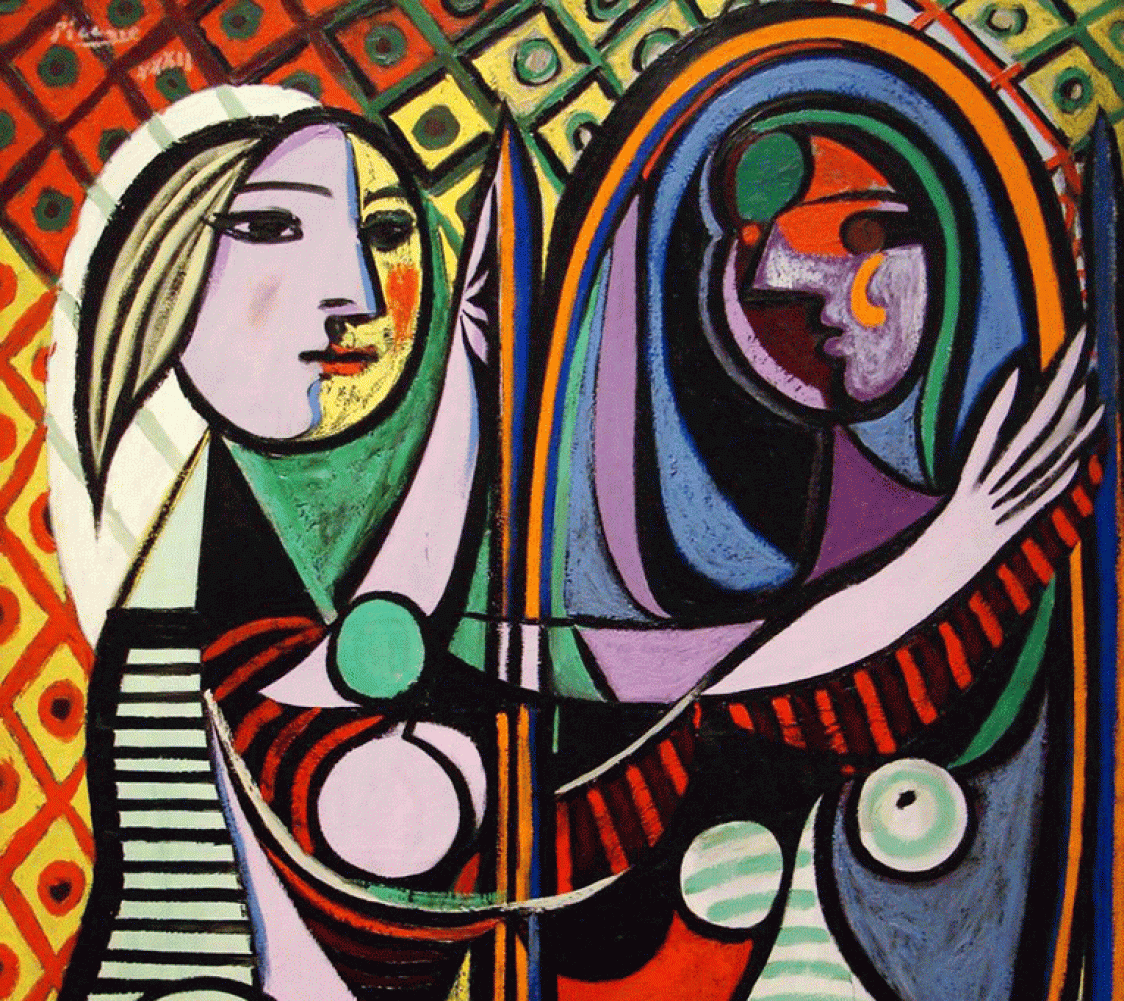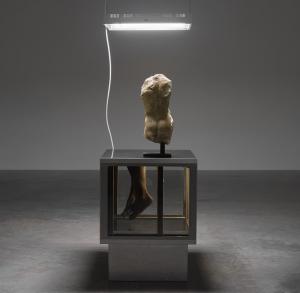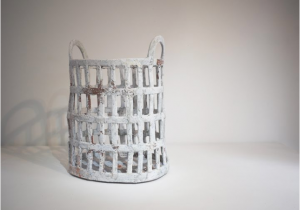BODY DYSMORPHIC DISORDER
By Lynne Nolan
“I was seventeen when my behaviour became uncontrollable. I would spend hours upon hours looking in the mirror, fixing my hair, checking my profile from different angles, until I became too distraught to look any more. I would get up for college at four in the morning and still not be ready by noon. I had suicidal thoughts because of the distress it was causing me.”
This is Elizabeth Borastero’s reminiscence of growing up with Body Dysmorphic Disorder (BDD). She is now 25 and living in Leeds. She believes time-consuming ‘getting ready’ rituals like these, as well as avoiding social situations, depression, and mirror checking are common amongst BDD sufferers. Victims become enveloped in a suffocating sea of concern about their personal appearance, refusing to listen to others’ words of reassurance that their image is not abnormal.
“I’ve had great difficulty accepting what I see, my flaws, aren’t real. Why? Well because I see them, feel them. If you can’t believe your eyes, what can you believe in?” she says. Studies estimate 1% of the UK population to endure a life with BDD.
Appearance Attack
My nose is too big. I’m going bald. Negative self-talk is usually the catalyst escalating into a “terrifying” BDD attack. Doom, hopelessness, isolation, even thoughts of suicide. The mirror is usually the site of the ensuing war where forces of self-hatred and abandonment skirmish with the relentless militia of fear and emotion. Often the disorder is mis-diagnosed because doctors lack familiarity with it, or those afflicted feel so ashamed they downplay the problem.
Brit Brimhall is director of an online support network for those wounded by BDD and advises measures to shield against attacks, like keeping a journal to measure patterns of time and thought. What does it feel like to have an attack? Hopeless, ugly, deformed.
For Brit, it’s the feeling of the hungry, scruffy beggar outside the window of the upmarket restaurant, “full of lively, cheerful people, vibrant colours and bright lights.” But the beggar doesn’t possess the key to enter their world; trapped, not part of the celebration, this key of acceptance for them is beauty. Lasting for several minutes to hours, the victim of the ‘attack’ will stand still or chase reflective surfaces from room to room, attempting to see if their mirror image transforms.
Neil: “Friendships become difficult, dating or asking someone out becomes near impossible. I have trouble accepting that my flaws may not be repulsive and highly conspicuous. I don’t know why this is so, I would guess because I ‘learned’ these delusional insights during my formative years and now can’t shake them.”
Freud and the ‘Wolf Man’: BDD Background
An Italian doctor, Morselli, first coined the term dysmorphophobia in 1886, derived from the Greek word for misshapen. Freud’s patient whom he called the ‘Wolf man’ was to provide an early example of the symptoms; a patient who believed his nose was so ugly he avoided all public life.
BDD has been nicknamed ‘Imagined Ugliness Syndrome’ in various media reports. Yet interviewees including Neil find the term offensive. He says, “What is I am ugly and it’s not delusional? BDD is about the obsession and the interfering thoughts more than the fact that we feel ‘ugly’. I totally despise the negative connotations of the word. I don’t think it should ever be used to describe a human being.”
But Mark, a fellow sufferer, disagrees: “I would agree that feeling ugly is the main underlying belief. Even my therapist admits that professionals who treat the problem never really grasp the whole concept.”
Sufferers distort the comments and flattery of friends and family, as they believe they are lying to them to ease their upset. Karen says, “I am convinced I am an ugly monster. I live most of my life going through drive-thrus or shopping at one little gas station.”
Sculpting the Ideal
In today’s image-obsessed culture, where pressures flow from glossy magazines boasting the latest fashions and make-up trends, looking good is a priority for many. Many will put their hand on the bible and plead guilty to some of the symptoms, gazing at themselves in a shop window, excessive grooming and comparing oneself to the model posing out at you on the fashion spread.
Yet diagnosis of BDD is only found among individuals whose fixation with their image is coupled with such severity that it brings a handicap to their social, school or work life. Clinic samples have found that it’s not just women who are affected, but astoundingly, an equal proportion of me, too. David Veale, specialist at The Priory Hospital, London, is adamant the chiselled models adorning every medium of popular culture are not at fault. He says, “It probably doesn’t help, but it’s silly to blame the media.”
The Shattered Mirror
Muting the fascination with perceived flaws is common, yet the work of Dr. Katherine A. Phillips was an important breakthrough, as she amplified the under-recognition and diagnosis in her book, The Broken Mirror. A leading psychiatrist at Brown Medical School in the States, Phillips was influenced by a patient who came to her saying his hair was the root of all his problems.
Neil, 31, says the book allowed him to realise his problem was psychological and not physical. “I would say that I have poor self-esteem and some anxiety, but not to the crippling extent that I used to have.”

Social situations propel many BDDers to feel like outcasts, separated from the rest of the human race, scared to say the wrong thing, move the wrong way, as the observant magnifying glass of judgment pans past their every blush. Mary S. admits her defence mechanism: “I have a tendency to pick at my skin, lips and acne. Sometimes I’ll hide my head behind my hair, hands or clothing.”
Mark recalls the invasiveness of the disorder on his own life and how he reacted to it. “At my worst I couldn’t read a book because my thoughts were so intrusive, so schoolwork was very difficult indeed. He remembers “taking two to three showers a day, getting my hair ‘just right’ would take up to 30 minutes some days.
For some, a simple task like getting a new haircut is the grounds for their conviction that their hair has been ruined and they cannot go on living. If a slight defect is actually present in one’s appearance, which others hardly notice, then the distress is considered strikingly excessive.
Like The Emperor’s new clothes, the “flaws” slink into invisibility for others, and only this glowing fabric with startling magnificence is viewed by them in the gushing parade of life where Aphrodite rules the kingdom.
Clandestine Affliction
Many sufferers lead a vampiric existence, their real or imagined imperfection pulling them away from daily life and interaction, hiding from mirrors, their mind vacuumed by the horror of their reflection. Yet Count Dracula, or the sufferer here, coffined in a psychological mindset which could be called Transfixed-vania, is like the blood-sucker, a source of curiosity for the ‘non-BDDer.’
The nose, the hair, the skin, the eyes, the chin and the lips are all areas of common complaint. Any part of the body, however, may be a location of concern, including the genitals, hands, feet and body build. Sufferers may squander hours on the trot gazing into mirrors wherever their journeys take them, yet this is not an engulfing voyage of egotism, rather they deem themselves hideous.
Further information available from the OCD Action’s Helpline on 020-7226-4000, or by visiting the following sites: http://www.bddcentral.com, http://www.veale.com
and http://www.ocdaction.org.uk
The Author: Lynne Nolan was born in Dublin in 1982. She studied a BA in English, Media and Cultural Studies at Dun Laoghaire Institute of Art, Design and Technology. She is a recent graduate of the MA in Multimedia Journalism at Bournemouth University. Some of her work can be viewed at: http://rageagainstpage.blogspot.com.
Image:
1) Pablo Picasso, Girl Before a Mirror.
2) Neil, a BDD sufferer





